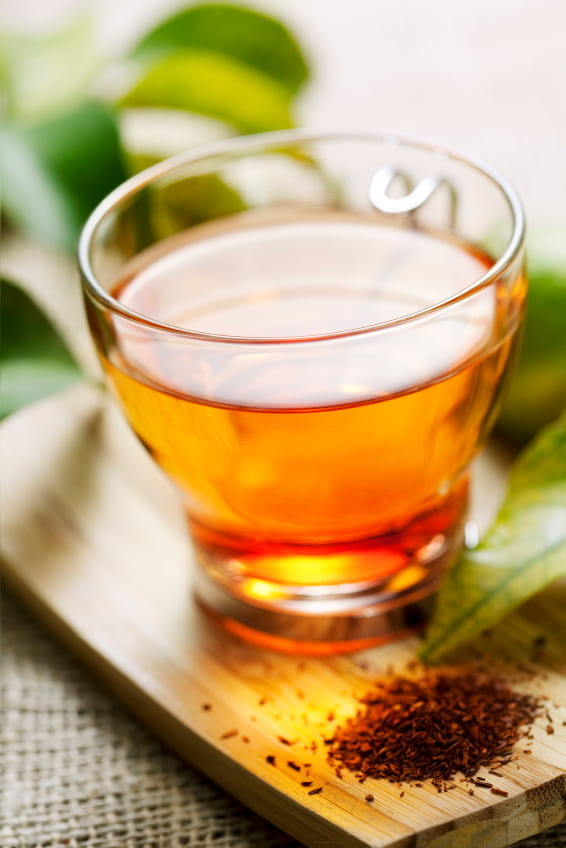Tea is the oldest and most consumed beverage in the world, next to water. It may be one of the healthiest.
Non-‐herbal tea includes four kinds of tea—black, oolong, green, and white. They all come from the same plant known as Camellia sinensis. Tea color depends on the extent of oxidation of the tea leaves after they are harvested and how mature they are. Black tea is fully oxidized (exposed to air) and is the most common tea world-‐wide. Oolong tea is partially oxidized, green tea is not oxidized at all, and white tea is barely processed. Green tea is the most popular tea in Japan and China.
All four types of tea leaves contain many chemicals from a general class of compounds called polyphenols. There are more than 4,000 of these compounds. They are powerful antioxidants, with a wide range of possible health benefits, such as cancer prevention, brain benefits, heart health, and protecting our cells from other damage.
Harvard researchers found that tea drinkers enjoyed significantly higher anti-‐viral interferon in their bloodstream—good to remember during cold and flu season. Australian researchers found that drinking 3 cups of black tea a day was associated with a small but significant drop in blood pressure.
One group of polyphenols in tea includes the catechins, thought to be responsible for many of tea’s health benefits. The most active and abundant catechin in green tea is known as EGCG (epigallocatechin-‐3-‐gallate). Black tea contains much less of these catechins but more of other types of polyphenols, and has not been as highly researched.
The amount of the polyphenols in tea depends, of course, on the amount of tea brewed, the brew time, and the temperature. The highest amount is found in brewed hot tea, less in instant or powdered preparations, and lower amounts in ready-‐to-‐drink teas. Added juice further dilutes the tea solids. Decaffeination also reduces the catechin content of teas, still a good choice if you need to limit your caffeine.
Purdue researchers found that adding a little lemon or other citrus juice to green tea resulted in more of the catechins making it through the digestive system, making it more usable by the body. Green tea formulated with 50% milk also showed higher levels of antioxidant survival than plain tea.
Herbal brews are not technically considered tea; they are infusions of other plants with different benefits. If you are not sure what you are drinking, check the ingredients list. Three of the most popular herbals in America—chamomile, peppermint, and hibiscus tea—show good reasons to drink them. Test-‐tube studies with chamomile tea showed moderate antimicrobial activity and significant antiplatelet-‐clumping. In test tubes, peppermint tea showed significant antimicrobial and antiviral activities, strong antioxidant and antitumor actions, and some antiallergenic potential. Volunteers (pre-‐hypertensive and mildly hypertensive) drinking hibiscus tea were found to have lowered blood pressure.
Linda Altenburger, Senior Nutritionist, SNAP-Ed
